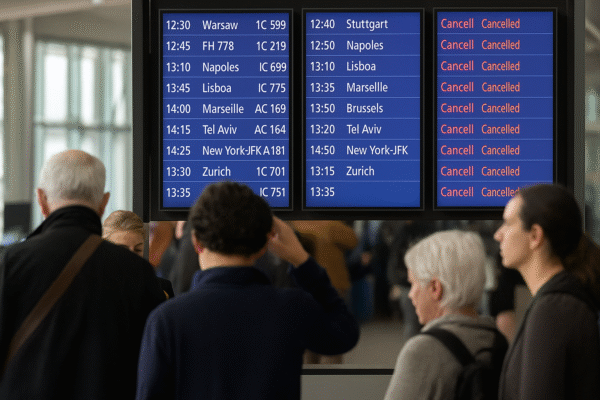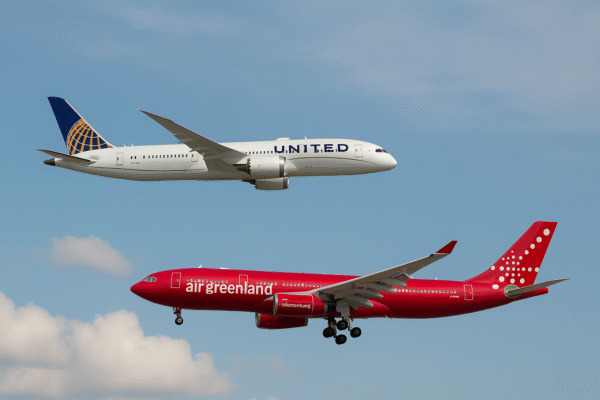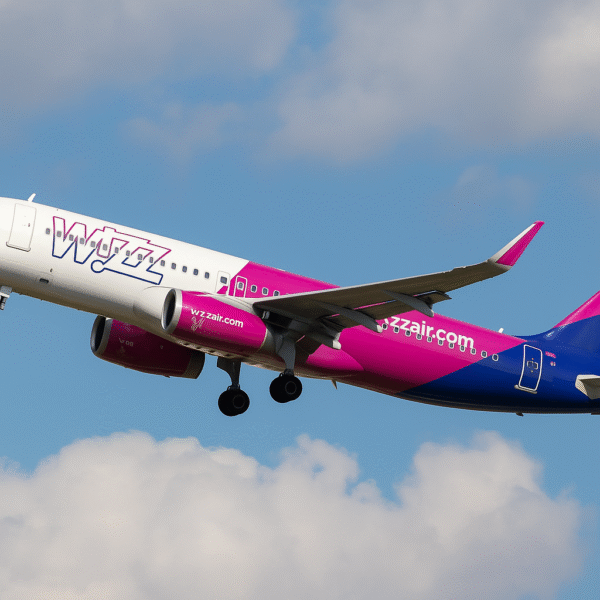The first half of 2025 has marked a pivotal moment in the global aviation industry, with five leading Asian nations—South Korea, China, Japan, India, and Singapore—achieving record-breaking air travel volumes that signal a powerful post-pandemic rebound in international tourism. With relaxed visa policies, expanded flight routes, and revitalized airport infrastructure, these countries are spearheading a global travel recovery that is setting new benchmarks for international connectivity and economic revitalization.
South Korea Achieves Historic Aviation Milestone
South Korea has reported its highest-ever volume of international air passenger traffic in the first six months of 2025, with over 46 million travelers passing through its airports. This represents a 7.6% increase from the same period in 2024 and surpasses the previous record of 45.5 million passengers set in 2019, before the COVID-19 pandemic disrupted global travel.
The sharp rise is largely due to increased outbound and inbound flights to key markets such as China and Japan, and a gradual normalization of long-haul travel. A major factor behind the surge has been China’s visa exemption for South Korean citizens introduced in late 2024, which alone contributed to 7.81 million travelers—a year-on-year growth of 24.3%.
China’s Aviation Sector Takes Flight with Massive Growth
China continues to flex its aviation muscle, having reported 90.2 million air passengers during the Spring Festival travel season alone, according to the Civil Aviation Administration of China. This marked a 7.4% rise compared to the previous year and showcased the effectiveness of Beijing’s open-border strategy.
China’s broad expansion of visa-free travel—granting 30-day access to 47 countries and 10-day transit visas to travelers from 55 countries—has contributed significantly to inbound traffic. Cities such as Shanghai and Beijing recorded historic highs in international tourist arrivals, with Shanghai’s numbers jumping nearly 40% and visa-free entries in Beijing doubling year-on-year.
Japan Sees Record-High Tourist Arrivals
Japan welcomed 3.7 million international visitors in May 2025, its highest monthly figure ever, according to data from the Japan National Tourism Organization. This milestone represents a 21.5% increase compared to May 2024 and reflects a surge in demand for Japan’s unique blend of cultural heritage and modern tourism infrastructure.
Two major drivers behind the boom include:
- The depreciation of the Japanese yen, making Japan an affordable destination for tourists.
- Expansion of international routes to regional cities, easing congestion at major airports and distributing tourism benefits across the country.
With growing interest from Southeast Asia, Europe, and North America, Japan is well on track to surpass its previous annual records.
India Climbs Global Aviation Rankings
India’s aviation sector has soared to third place globally in terms of passenger traffic, with 174 million travelers recorded in 2024—a figure that reflects 4.2% of the world’s total air passengers. By mid-2025, this trajectory has continued upward as India expands both its domestic and international connectivity.
Backed by initiatives under the UDAN regional connectivity scheme and the Gati Shakti infrastructure plan, India’s airport modernization and route diversification efforts are drawing global recognition. Airlines are ramping up capacity, and new international partnerships are emerging, strengthening India’s position as a growing aviation hub between East and West.
Singapore’s Changi Airport Breaks Passenger Records
Singapore’s Changi Airport, one of Asia’s most critical transit hubs, handled 17.2 million passengers in Q1 2025, marking a 4.3% increase over the same period in 2024. By mid-year, total passenger numbers soared to 68.4 million, exceeding pre-pandemic highs and reinforcing Changi’s role as a model for post-COVID air travel recovery.
Much of this growth has been fueled by demand from regional markets such as Malaysia, Indonesia, and Thailand, as well as long-haul routes to North America, which posted a remarkable 15.8% year-on-year growth. The airport’s ongoing expansion and investment in smart technology have further boosted its operational capacity and passenger experience.
Global Tourism Outlook: Positive Signs from Asia
The rapid recovery and expansion of air travel in these five Asian nations point to larger global trends in tourism. Several key factors are driving this surge:
- Eased Visa Restrictions: Many countries have restructured their entry policies to boost tourism. China’s and Japan’s relaxed visa regimes, for instance, have had a direct impact on travel volume.
- Currency Advantages: Travelers are leveraging favorable exchange rates, especially in Japan, where the weak yen has made tourism more affordable.
- Infrastructure Investment: Massive upgrades at airports, including the addition of terminals and digital passenger services, have enhanced capacity and efficiency.
- Cultural Appeal: Asia’s cultural richness, natural beauty, and culinary excellence remain strong pull factors for international travelers.
According to the International Air Transport Association (IATA), Asia-Pacific is now the fastest-growing region in global aviation, accounting for more than 33% of total global air passenger demand in the first half of 2025.
Looking Ahead: A Blueprint for Global Travel Revival
As airlines and governments continue to prioritize seamless travel experiences, these record-setting numbers from South Korea, China, Japan, India, and Singapore indicate that international tourism is not only rebounding—it’s thriving. By combining smart policy decisions, targeted marketing, and infrastructure development, these nations are setting the blueprint for sustainable aviation growth.
With the second half of 2025 expected to see continued travel momentum, especially during the year-end holiday season, Asia is likely to remain the epicenter of global aviation recovery.
Travelers and stakeholders worldwide are now looking toward these five aviation leaders as examples of how to build back better, greener, and stronger in the post-pandemic era.
For more travel news like this, keep reading Global Travel Wire


















